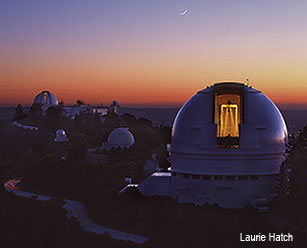Fioli is located in the Woodside Hills off 280, take Cañada Road and follow the sings.
Filoli was built for Mr. and Mrs. William Bowers Bourn, prominent San Franciscans whose chief source of wealth was the Empire Mine, a hard-rock gold mine in Grass Valley, California. Mr. Bourn was also owner and president of the Spring Valley Water Company whose property comprised Crystal Springs Lake and the surrounding lands, areas that are now part of the San Francisco Water Department. He selected the southern end of Crystal Springs Lake as the site for his estate.
Mr. Bourn arrived at the unusual name Filoli by combining the first two letters from the key words of his credo: “Fight for a just cause; Love your fellow man; Live a good life.”
Mr. Bourn chose longtime friend and prominent San Francisco architect Willis Polk as principal designer for the House. Polk had previously designed the Bourns' cottage in Grass Valley as well as their home on Webster Street in San Francisco. An inventive architect, Polk frequently combined several styles in a single building, an eclecticism clearly evident in his design for Filoli.
Construction of Filoli began in 1915 and the Bourns moved into the House in 1917. Bruce Porter, a talented painter, sculptor, muralist, landscape designer and art critic was enlisted to help the Bourns plan the layout of the extensive formal garden that was built between 1917 and 1929. Both Mr. and Mrs. Bourn died in 1936.
The estate was purchased in 1937 by Mr. and Mrs. William P. Roth, who owned the Matson Navigation Company. Under the Roths' supervision the property was maintained and the formal garden gained worldwide recognition. Mrs. Roth made Filoli her home until 1975 when she donated 125 acres, which included the House and formal garden, to theNational Trust for Historic Preservation for the enjoyment and inspiration of future generations. The remaining acreage was given to Filoli Center.
A prime example of the California eclectic style, Filoli provides an inspiring vision of a new Eden, with bountiful land, plentiful resources and an emphasis on self-sufficiency. Built more than sixty years after the California Gold Rush that inspired massive migration to Northern California, and ten years after the devastating 1906 earthquake and fire in San Francisco, Filoli represented a desire to create a magnificent and enduring country estate.
Now operated by Filoli Center, the 654-acre estate is a California State Historic Landmark and listed on the National Registry of Historic Places. This outstanding showcase of early twentieth-century architecture and garden design can be enjoyed by the public during much of the year.
































